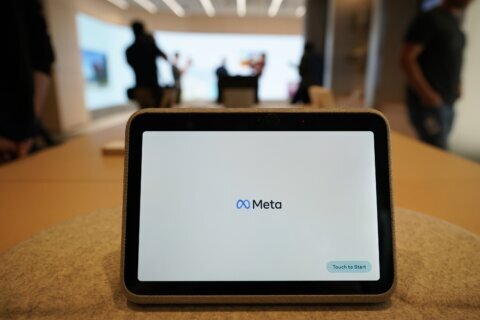
If you are about to refinance a mortgage, be prepared to invest several hours gathering and preparing a lot of paperwork for the lender — but maybe not quite as many as the job used to require.
While the number of documents the bank and its underwriters will want to see is large, as are the number of bank documents and disclosures borrowers are required to sign, the process is not as difficult as it was in the past.
“If you refinanced five or 10 years ago, you were still dealing with a two-pound package of paperwork arriving on your door by FedEx that you would fill out and send back. Now, much more of the loan is done digitally,” Mike Fratantoni, chief economist at the Mortgage Bankers Association in D.C., told WTOP.
“You might be scanning some of your documents and sending them in to a lender portal. And there are certain cases where the lender can go directly to the source of your data and get a verification of your employment, your assets or income.
Most, but not all, signatures on those bank documents can be done digitally now, but some will require an actual signature. That will mean scanning, faxing or mailing those documents to the lender.
Refinancing has historically benefited homeowners with older mortgages, but now homeowners who bought even less than two years ago could benefit.
“Through the course of 2018, mortgage rates went from below 4% to over 5%, so there are a number of homeowners who have a substantial incentive to want to refinance their loan,” Fratantoni said.
Currently, 30-year rates are averaging 3.5% or less. Depending on loan amount and credit score, 15-year rates can be well under 3% now.
If you’re new to refinancing, here is a partial list of initial documents you’ll most likely need:
- Two years of W2 statements
- Two consecutive pay statements
- Two years of federal tax returns (or signed forms that authorize the lender to request them from the IRS)
- Two months of all bank statements
- Two months of all investment statements
- Two most recent retirement account statements
- Current mortgage statement
- Property tax statement
- Homeowners insurance statement
Other documents may include proof of HOA payments, mortgage, insurance and property tax information for any other real estate, and proof of maintenance and dues payments if you live in a coop or condo.
The lender will also send you many documents, most of which will require a signature. And the underwriters may request more documents as the process proceeds.
The entire mortgage refinancing process will take several weeks, an average of 45 days currently according to the MBA, but most of the homeowner’s heavy lifting is done with the application and document submission phase.
And the MBA says, while the time from application to close is long because of current volume, it is not as long as during other refinancing waves, thanks in part to technology that has made the application and underwriting process faster.








